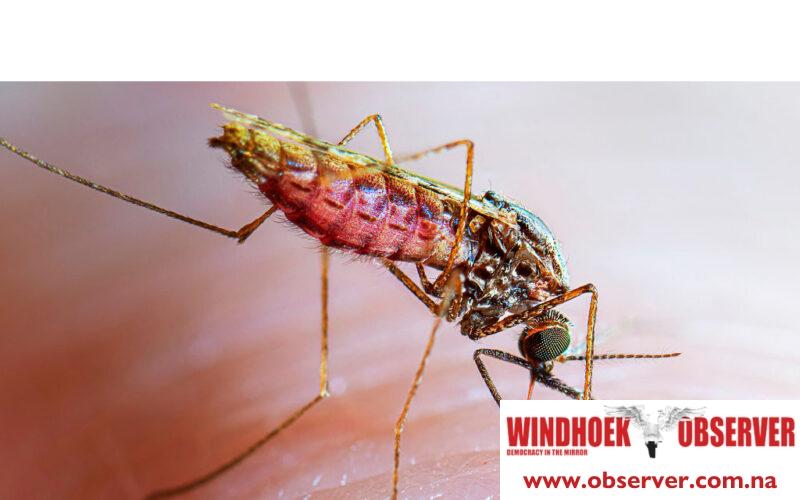Niël Terblanché
A shortage of materials and equipment for testing malaria infections in northern Namibia has raised concerns about the rapid spread of the disease.
Recent rains have led to stormwater pooling in low-lying areas, creating new breeding grounds for mosquitoes.
Since the beginning of the year, the Ohangwena Region alone has recorded 392 malaria cases.
Health authorities in the region confirmed a shortage of testing equipment and materials, struggling with resupply from central medical stores for the past two months.
Currently, medical facility staff are forced to rely on microscopes in laboratories to detect parasites in the blood of those affected by the disease.
To contain the spread of malaria, a team of 241 personnel equipped with larviciding and spraying equipment has been dispatched to affected districts.
The larviciding spraying program has covered approximately 35 percent of the villages impacted by new cases of malaria.
The Ministry of Health and Social Services, in collaboration with the World Health Organization, has already implemented larviciding demonstration projects in districts including Omusati, Oshikoto, Ohangwena, Kavango East, and West.
These projects aim to enhance mosquito control measures and contribute to the elimination of malaria in the region, involving community-based larviciding, indoor house spraying, and the use of insecticide-treated nets.
However, the teams face challenges such as an insufficient number of vehicles and frequently malfunctioning equipment.
Additionally, some households have refused to allow the teams to spray their homes, often due to concerns about the health effects of the insecticides used during the spraying programmes.
Various hospitals in the region reported a total of 2,061 malaria cases from January 2023 to January 2024, along with 13 deaths ascribed to the disease.




